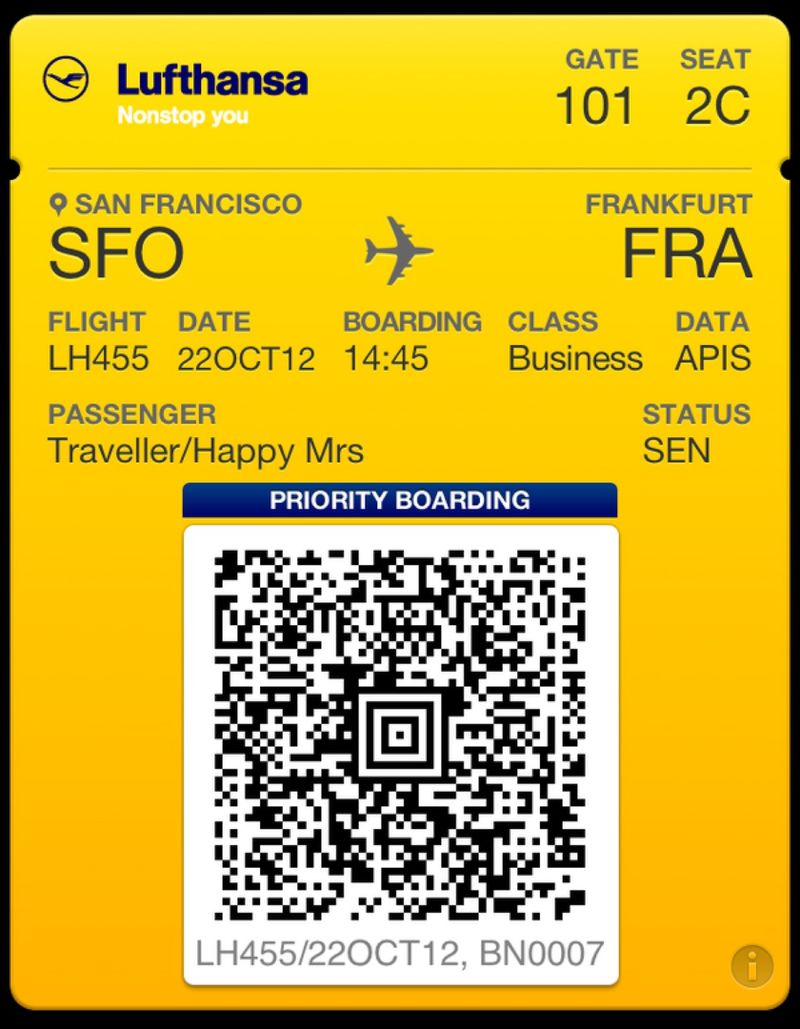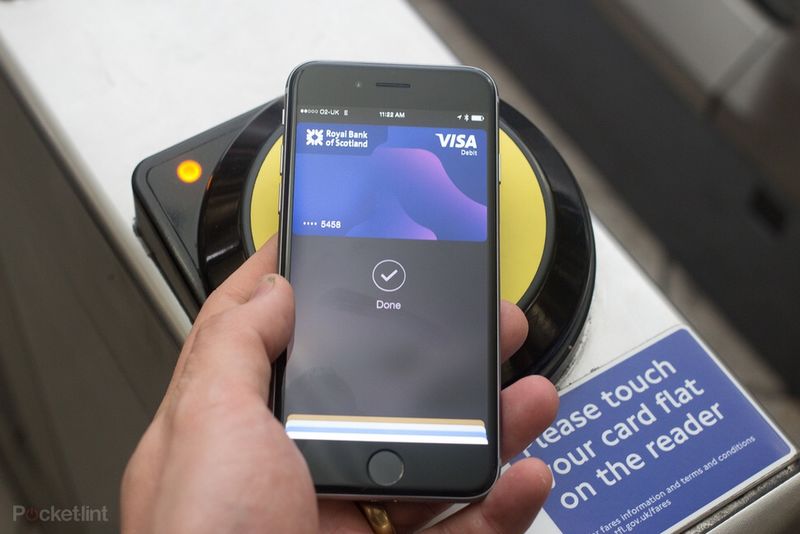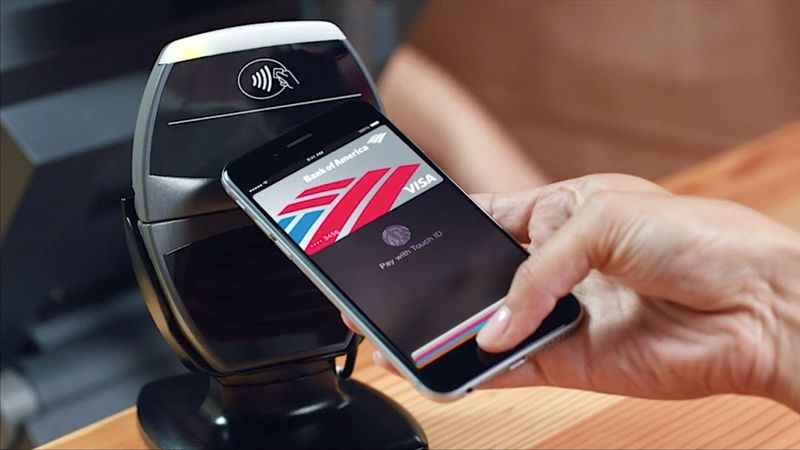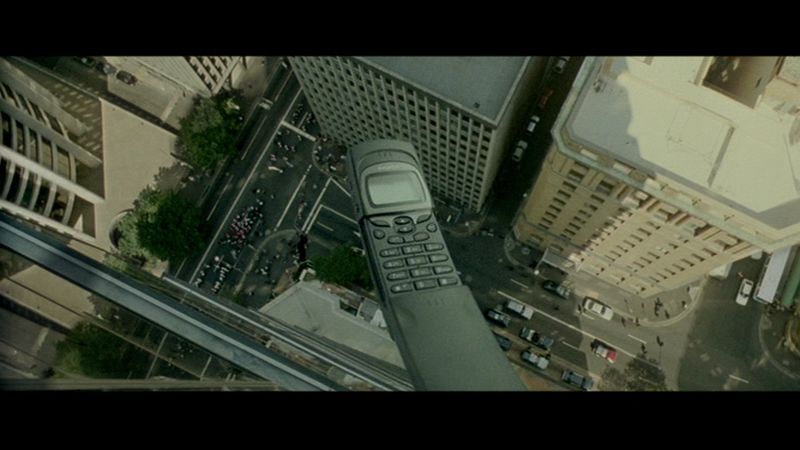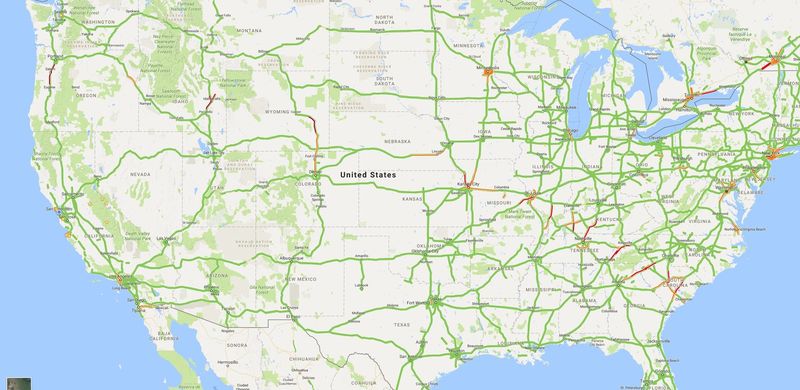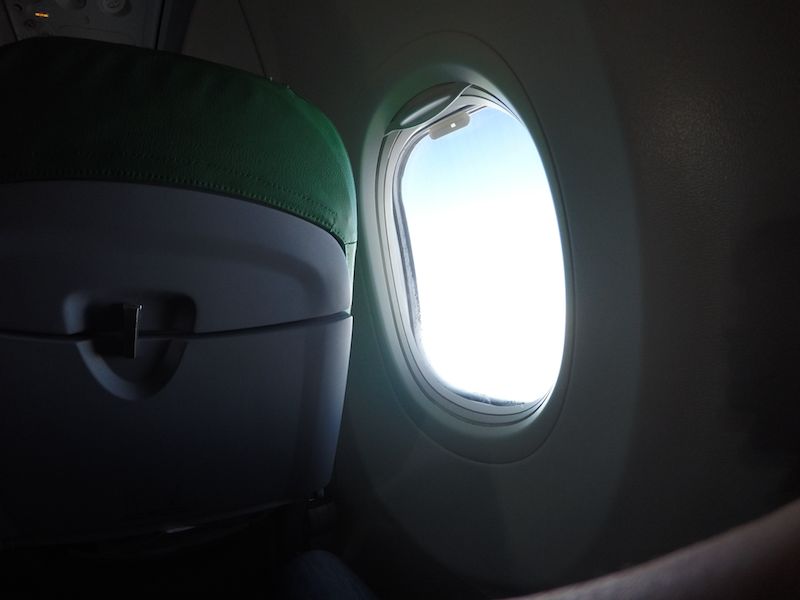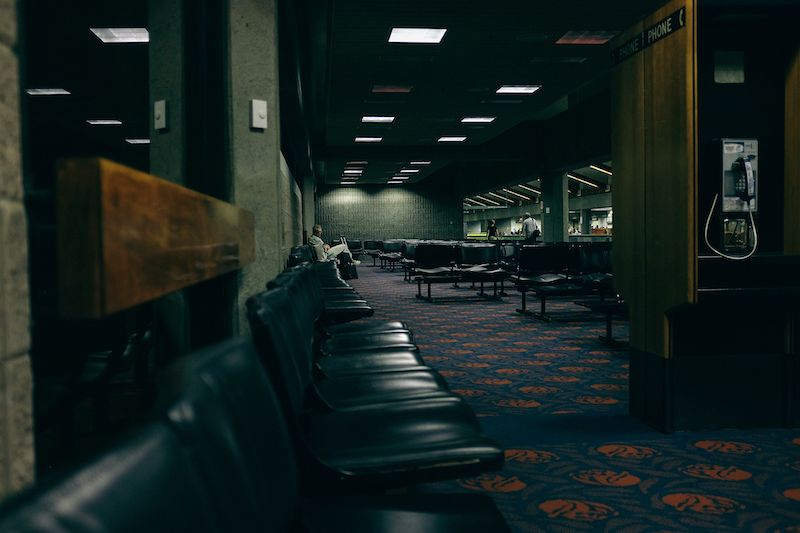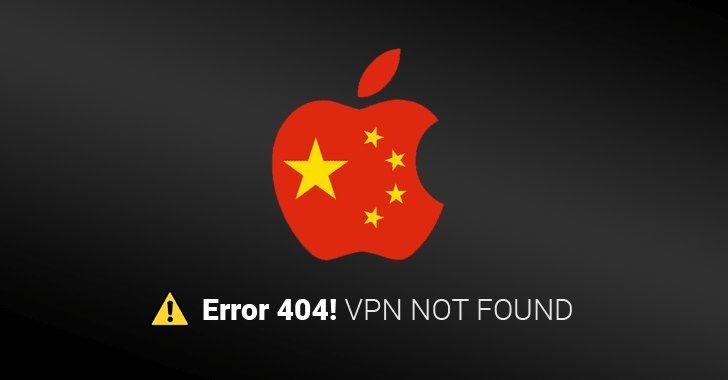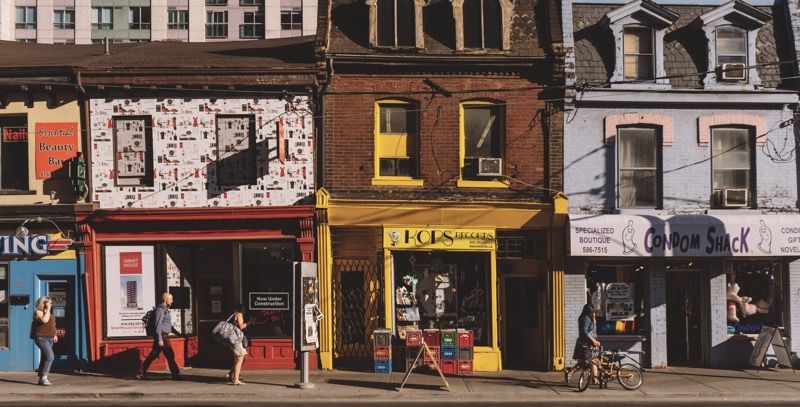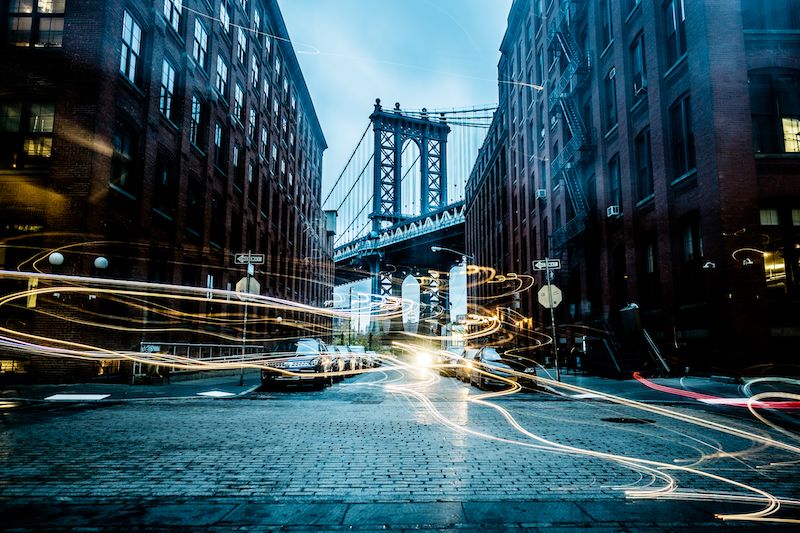Yesterday I wrote about travel tips for road warriors to survive the holiday season. Today, I wanted to share some advice for less frequent travellers.

There are a few simple tips that can make time in the airport much less stressful for everyone, but they are the sort of thing that I had to learn through experience, instead of being able to refer to one source for all the information. Here is my attempt to gather some useful tips in one place.
My first piece of advice is about preparation. I wrote about luggage and packing; choosing the right bag and packing it right will make the whole trip more pleasant, but especially that bit at the airport where you will be spending quality time with your chosen piece of luggage. Of course if you only take one or two trips a year, it's not worth going for the high-end road-warrior stuff. I buy Tumi because it's the only brand that stands up to what I put my luggage through, but I'll be the first to admit it's expensive and its looks are, uh, challenging. It's still worth shopping around for decent luggage, because the wrong luggage can mess up your trip before it has even properly started.
Check in online! Your airline will tell you when the check-in window opens (usually either 24 or 72 hours before departure). Make yourself a calendar reminder, especially if you are travelling in a large party and want to sit near each other. Check in online, and save your boarding pass to your phone. Basically, you don't want to go anywhere near an airport check-in desk if you can help it, especially during holiday season. Even if you have luggage to check in, there are separate baggage drop desks which you can use if you already have your boarding pass (either saved on your phone, or printed at home). The lines at these desks should move faster - but again, everything is slower during holiday season, so give yourself plenty of time to deal with luggage.
Your airline’s web site will also give you the opportunity to fill in required passenger information, known as APIS. This usually means your passport number and its expiry date. Note that you may also need to fill in a separate document with the government of your destination country, such as the ESTA for the USA. This is also required even if you are only going to be in transit through the US, so don’t be caught out!
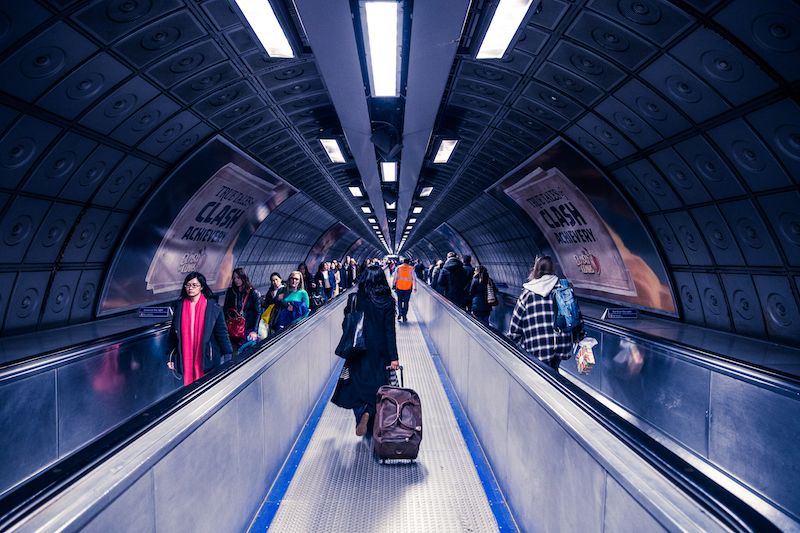
Your airline will tell you what its policies are for carry-on and hold luggage. Follow these to the letter, because they do check, especially at holiday times. If you have a connecting flight, especially if it involves a different airline or a change from international to domestic, different policies may apply. Don't be That Guy (or Gal) frantically repacking luggage at check-in, then shuffling through the security checkpoint looking like the Michelin Man because you're wearing seven layers of clothes that didn't fit under the weight limit. Yes, I speak from experience!
If your itinerary involves connecting flights, it’s worth making sure whether your bags will be checked straight through to your final destination, or not. For instance, if you make a connection inside the US, you will have to clear customs, retrieve your checked bags, and then go back through the check-in process all over again. You should allow extra time for this, and also note that the US domestic flight will almost certainly have different rules (lower weight limits, perhaps smaller number of items) for checked luggage than the international flight.
Security checkpoints will have the same policies regardless of airline: no liquids over 100ml, all liquids packed in a transparent bag, total volume not to exceed 1L. Some airports will provide the transparent baggie, but not all, and some will charge you for the privilege. Best to pack your own baggie at home, or simply avoid the problem by packing all your liquids in your checked luggage.
You will need to take large electronics out of your carry-on bag, but this means different things depending on where you are. It used to be simple: in the US, only remove laptops; in Europe, also remove tablets. Cameras? Best to ask. Now, that US policy might be changing.
Empty your pockets - of everything, not just metal. These days, most airports have millimetre-wave scanners, not just metal detectors, so it’s best simply to take everything out. To speed things up, put the contents of your pockets into your carry-on, together with your belt, watch, etcetera. This way, when you get through to the other side, you can grab your bag and go. Sort your pockets out later, without holding up the line or getting jostled by a thousand other people.
You may be able to pay to access Fast Track lanes even if you are not a frequent flyer or flying business class. At this time of year, that's probably a good investment. Check your departure airport's website; they often have deals, especially if you also pre-pay for parking (something else you need to allow time for, because all the parking lots are full and you'll end up two miles' walk and a long shuttle bus ride from the terminal).
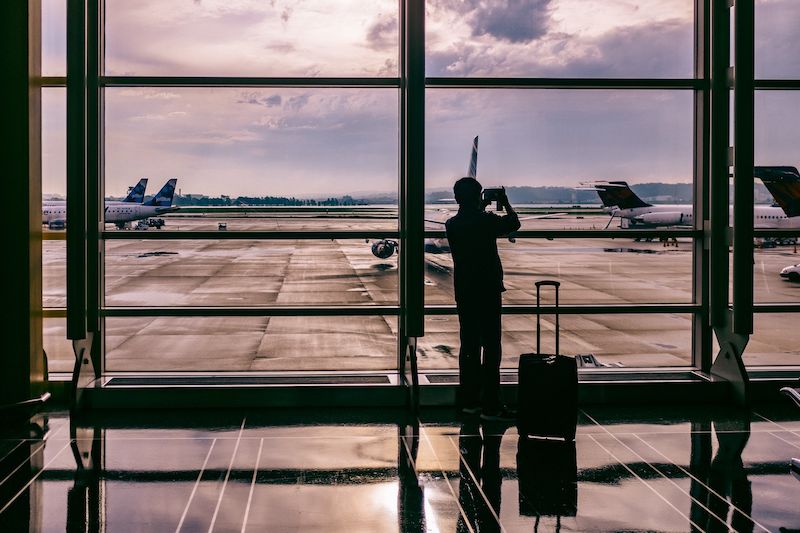
Once you're through security, keep an eye on time. These days, most airports don't assign gates until quite close to boarding time. Don't hover in front of the screens waiting for a gate to be assigned! Your airline or airport's app or website should give you updates, so you can find yourself a corner in a bar or café to wait in comfort, instead of standing around in a crowd of bewildered tourists. There are also dedicated apps that will put a flight board right on your phone. If you’re worried about roaming, most airports have free wifi, at least for a time. Here’s a tip, though: park yourself right outside the frequent-flyer lounges, and you may be able to sneak onto their unlimited wifi instead.
Flights are full at holiday times, so there’s no way around it: boarding will be a scrum. If you have assigned seating, you only need to deal with that scene if you need to ensure space for your carry-on, in which case, yes, queue up early - or pay for early boarding, if your airline gives you the choice. On the other hand, if you checked your big bag in to the hold and you don't need space in the overhead bins, there is no downside to remaining seated and boarding the plane after the worst of the crush is over.

Once on the plane, be prepared to move smoothly. Know your seat row, and head there straight away. If you’re on a larger plane, there might be two aisles, but cabin crew will direct you to the right one as you board. When you reach your row, get out of the aisle promptly, stow your carry-on in the overhead bin, and sit down. Do remember that there is a special place in hell for people who put more than one item in the overhead lockers, or put their luggage above a different row than the one they are sitting in.
The one exception is if you are sitting in an emergency exit row. You should be notified of this during check-in, but there are a couple of nuances that are worth knowing about. First of all, you do indeed get extra legroom, but you have to be "able-bodied" by the airline's definition, to assist in an evacuation should it be required, so if you're pregnant, elderly, or in any way disabled, you may be asked to move. Secondly, you cannot have anything with you at all - handbags, jackets, everything has to go in the overhead lockers for take-off and landing. Finally, space in those overhead lockers might be limited precisely above the emergency exits, so make sure that you board early if you need to stow a lot of stuff.
My best advice to both seasoned road warriors and nervous travel newbies is just to relax and go with it. Me, I'm going for a driving holiday. See you when I get back.
Photos by ANDRIK ↟ LANGFIELD ↟ PETRIDES, Tom Eversley, Ashim D’Silva and Bambi Corro on Unsplash




